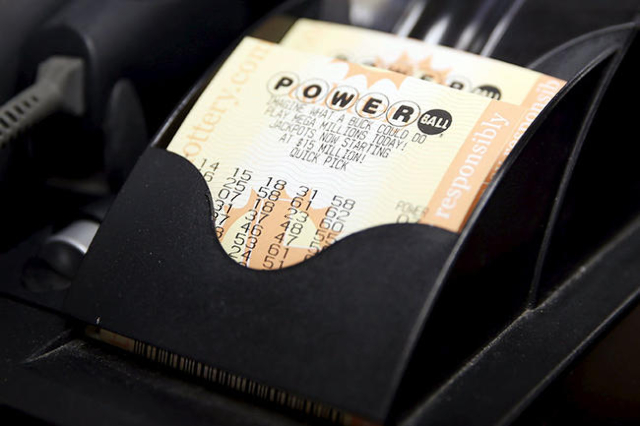We’re just mad about mercury

Sometimes I think our government handlers have gone mad as hatters over the presence of mercury in anything and everything — tooth fillings, fish, the air, the water.
In some places it is required — those compact fluorescent light bulbs — but in others it’s bad — the exhaust of coal-fired power plants such as NV Energy’s Reid Gardner Generating Station near Moapa.
According to a report this past week from Environment Nevada, using Environmental Protection Agency data, Reid Gardner emitted the most mercury of any Nevada power plants, 119 pounds in 2009.
What is that in perspective?: The equivalent of the mercury in 13.5 million of those squiggly light bulbs, and somewhat shy of the 5.2 million pounds of mercury released by Nevada mining operations.
The supposed rationale for those light bulbs is that their use will actually lower mercury release because they will cut power use, a major source of mercury release. But will they be banned when the president achieves his goal of 80 percent of energy coming from renewables?
And, oh yeah, according to The Wall Street Journal, those CFL bulbs don’t last as long as first claimed. Instead of a life of 9.4 years first estimated, actual experience finds a life closer to 6.3 years for the more expensive bulbs.
Add in the man-hours it takes to clean up a broken mercury-filled bulb and it might be hard to pencil out.
The EPA suggests clean up steps such as: “Have people and pets leave the room. Air out the room for 5-10 minutes by opening a window or door to the outdoor environment. Shut off the central forced air heating/air-conditioning system, if you have one. Collect materials needed to clean up broken bulb. Be thorough in collecting broken glass and visible powder. Place cleanup materials in a sealable container. Promptly place all bulb debris and cleanup materials outdoors in a trash container or protected area until materials can be disposed of properly. Avoid leaving any bulb fragments or cleanup materials indoors. If practical, continue to air out the room where the bulb was broken and leave the heating/air conditioning system shut off for several hours.”
In the three-page document on cleaning up broken CFLs, the EPA advises, “Check with your local or state government about disposal requirements in your area. Some states and communities require fluorescent bulbs (broken or unbroken) be taken to a local recycling center.”
Should you drive to the recycling center in your electric car, which is charged by those mercury spewing power plants?
NV Energy is using ratepayer money to offer rebates on CFLs.